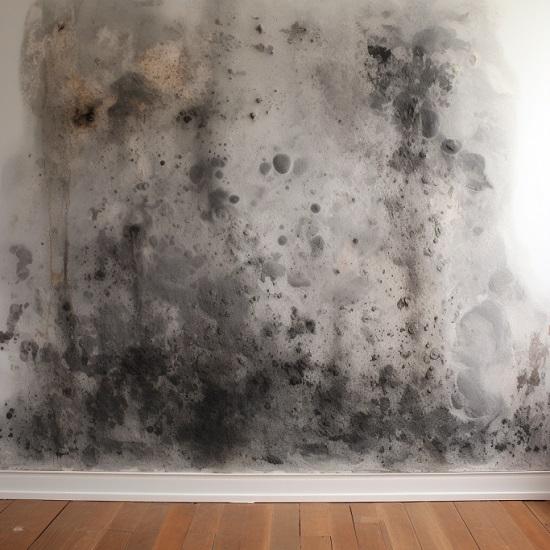Essential Actions After Mold Remediation
Essential Actions After Mold Remediation
Blog Article
Your Ultimate Overview to Post Mold And Mildew Removal Strategies
In the aftermath of mold and mildew invasion, understanding how to efficiently eliminate the mold and mildew and stop its reoccurrence is extremely important for preserving a healthy and balanced interior environment. From picking the ideal cleaning and disinfecting techniques to carrying out methods for long-lasting mold prevention, each step in the removal journey plays a crucial role in ensuring an effective end result.
Understanding Post-Mold Remediation Process
After completing the mold removal process, it is crucial to understand the post-mold remediation strategies that are needed to make certain a effective and extensive clean-up. Once the mold has actually been eliminated, the next action involves cleansing and sanitizing the affected locations to stop any kind of regrowth of mold. This includes making use of specialized cleaning up representatives to clean down surfaces and eliminate any kind of staying mold and mildew spores. It is vital to dry out the location totally to dissuade the development of mold and mildew in the future (Post Remediation Inspection near me). Proper ventilation and dehumidification can assist in this procedure.
In addition, conducting a final inspection post-remediation is important to guarantee that all mold has been successfully eradicated. If the assessment reveals any kind of sticking around mold and mildew, additional removal may be needed.
Effective Cleansing and Decontaminating Techniques

Protecting Against Future Mold Growth

Value of Correct Air Flow
Correct ventilation plays a vital duty in preventing dampness accumulation, an essential element in mold growth within indoor settings. Reliable ventilation systems assist remove excess humidity from the air, reducing the opportunities of mold spores finding the moisture they require to spread and sprout. Without sufficient air flow, interior spaces can come to be a breeding ground for mold and mildew, resulting in possible wellness dangers and architectural damages.
By guaranteeing proper air circulation, ventilation systems can likewise help in drying damp locations faster after water damages or flooding occurrences, further hindering mold and mildew growth. what to do after mold remediation. In areas like shower rooms, kitchens, cellars, and attics where dampness levels tend to be higher, setting up and preserving efficient air flow systems is vital in preventing mold infestations

Surveillance and Upkeep Tips
Given the vital function that appropriate air flow plays in protecting against mold and mildew development, it is imperative to establish efficient tracking and maintenance suggestions to make sure the continued performance of ventilation systems. Monitoring humidity degrees within the residential or commercial property is also essential, as high humidity can add to mold and mildew development. By staying attentive and aggressive to the problem of air flow systems, residential property owners can efficiently reduce the risk of mold regrowth and keep a healthy and balanced indoor environment.
Conclusion
In verdict, post-mold removal methods are important for ensuring a tidy and risk-free atmosphere. Understanding the procedure, carrying out effective cleansing and sanitizing methods, preventing future mold and mildew growth, maintaining appropriate ventilation, and normal tracking are all essential actions in the removal process. By adhering to these guidelines, you can successfully remove mold and prevent its return, working or promoting a healthy living space for all passengers.
In the consequences of mold and mildew infestation, recognizing how to successfully eradicate the mold and mildew and stop its reoccurrence is critical for keeping a healthy interior setting. Once the mold has actually been gotten rid of, the next step involves cleaning and sanitizing the influenced areas to avoid any type of regrowth of mold and mildew - testing air quality after mold remediation. After removing visible mold development, it is essential to clean all surfaces in the afflicted area to get rid of any remaining mold spores. To better enhance mold prevention steps, it is necessary to address underlying concerns that originally led to mold and mildew growth.Offered the essential duty that correct air flow plays in avoiding mold growth, it is critical to develop reliable surveillance and upkeep suggestions to ensure the continued performance of ventilation systems
Report this page